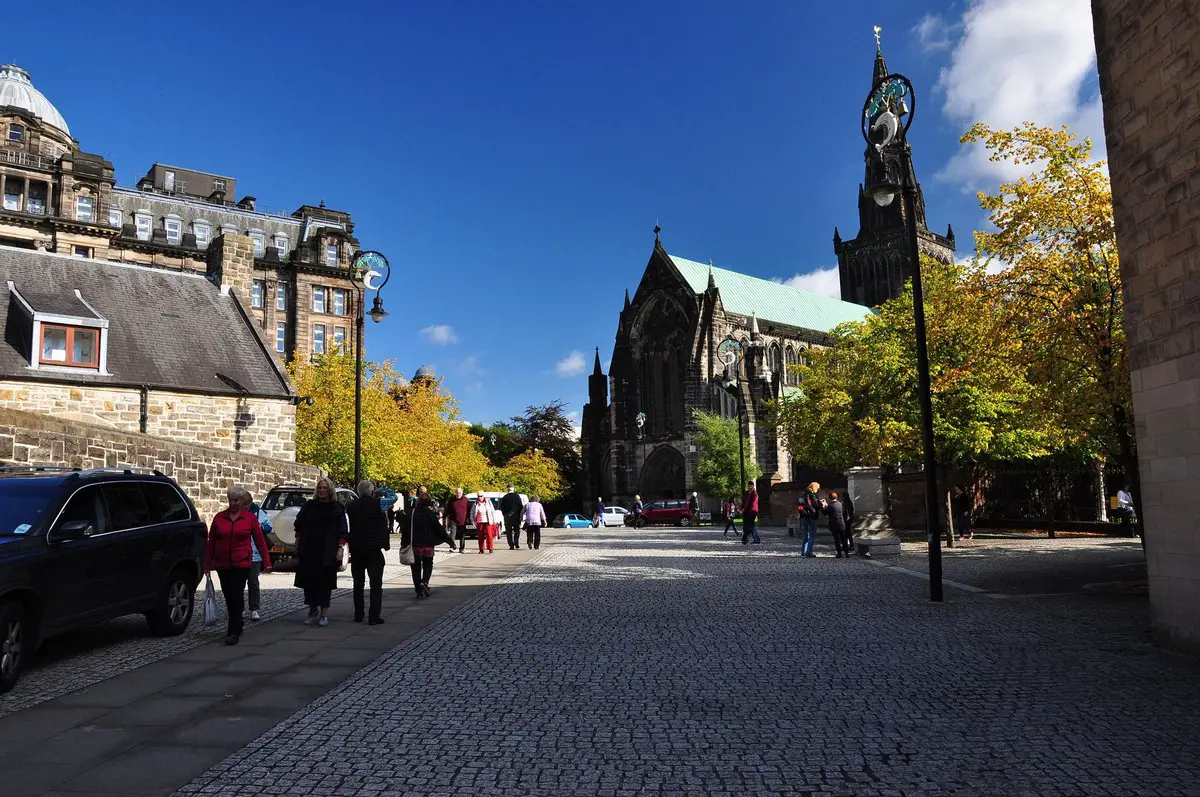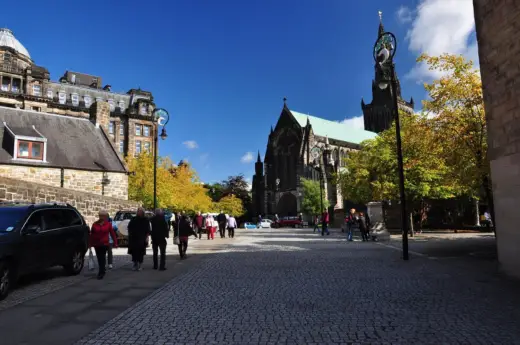Why Glasgow is known for amazing architecture tips, Scottish architectural travel advice
Why Glasgow is Known for its Amazing Architecture Guide
18 July 2022
We have all grown up listening to stories about the “Second City of Empire”. Be it the unforgettable stories of the rise and subsequent doom of shipbuilding in Glasgow or its many significant monuments, Glasgow holds a fair share of mystique surrounding its origin.
5 Reasons Why Glasgow is Known for its Amazing Architecture
Interestingly, the many tales of the city’s dwellers or answers to the curiosities surrounding its origin are visible to the naked eye. It is true when they say that the buildings in Glasgow house more of their secrets than citizens.
If you’re curious about how one city could hold such groundbreaking influence in the world of arts, you’ve come to the right place. Below we unveil five key ingredients that have shaped Glasgow architecture as we see it today.
Remnants from the Middle Ages
Despite 19th century Victorian and the subsequent “Glasgow Style” dominating the city front, remnants of Glasgow’s medieval architecture remain unparalleled. They help the city to translate its origin story through buildings, coming full circle to the European roots.
The 15th-century Provand’s Lordship is a testament to the city’s rich history. While other cathedrals surrounding it were demolished, the present-day standing of the house museum offers a rich insight into building style and domestic interior from the 1700s.
Crookston Castle is the only medieval castle left in Glasgow. It stands upright despite a bombardment in 1489 and a subsequent siege in 1544. Today, it is a reminder of Glasgow’s once rural character and the unwavering spirit of its architects that brought about a revolution.
Legacy of the Victorian Era
The greatest chunk of Glasgow’s medieval landscape, consisting of the crisp designs of the Bishop’s Castle or the Old College, was replaced by Victorian architecture. To the common eye, this 19th-century architecture sits well with a city once called the Second City of the British Empire after London.
This era gave birth to the revolutionary designs of Alexander Thompson, seen all over the city today. Whether it is the Grecian buildings in Sauchiehall Street or the Great Western Terrace itself, his style spoke to a history of artwork and traditions from different civilizations.
The Unique Glasgow Style
The exponent for allowing a transition from historic elements to a more modern and distinctive “Glasgow Style” was Charles Rennie Mackintosh. Most of the Glasgow architecture under everyday use encapsulates his vision in symmetric and majestic building artwork.
Touring the city inevitably brings you to classic buildings such as the Glasgow School of Art or the Willow Tearooms. The architecture of these buildings speaks for the unique eye for decorative arts that came from Mackintosh designs. Today, his architectural pieces spread across the city silently echo the legend his craft has become.
Influence of Neoclassical Architecture
Despite the juggling between eras, at the heart of Glasgow architecture is an appreciation for the simplicity of grandiosity. All of the marvels seen in the city are reminiscent of the neoclassical approach, with high geometric forms, symmetric patterns, and minimalist detailing. The approach helps Glasgow’s origin story make a round-trip back to its European roots.
Significance of the River Clyde Waterfront
The River Clyde is the heart of Scotland’s shipbuilding history, trade, and tourist attractions. Bisecting the city from east to west, the waterfront skyline of Clyde adds a unique distinction to all closeby marvels.
The Clyde front, in fact, has for long been the narrator of the city’s changing architecture. How once a wetland good for nothing became the biggest commercial hub in all of Scotland decades later makes for a fun bedtime story. It is reminiscent of how Glasgow, once a nameless city, formed its identity in its architecture and became one of the most diverse cultural nuclei in all of Europe.
Situated along the banks of River Clyde are some of the most famous places in Glasgow, including Alea Glasgow and Glasgow Casino Riverboat. Featuring minimalist architecture and overlooking the serene waters of River Clyde, these venues offer the whole entertainment deal, with a wide range of games.
Several more of Glasgow’s prominent tourist sites rest along the edge of River Clyde, such as the SSE Hydro and the Glasgow Science Center. Both appear in futuristic modern designs, creating a breathtaking intersection of different eras of Glasgow architecture at the Clyde.
Comments on this Guide to Why Glasgow is known for amazing architecture article are welcome.
Buildings
Key Buildings in Scotland Articles – architectural selection below:
Historic Glasgow : best Glasgow architecture of the past
Comments / photos for the Why Glasgow is known for amazing architecture advice page welcome.




